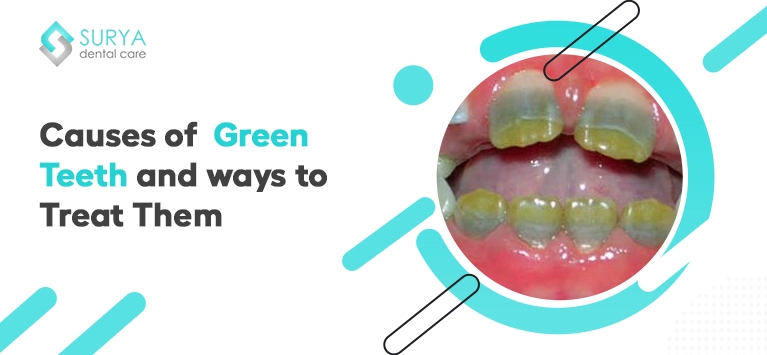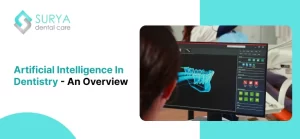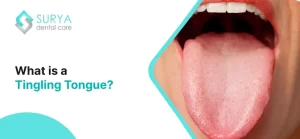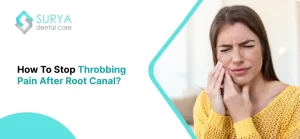Green stained teeth can be a troubling and unsightly issue many people may face. Whether from consuming certain foods, habits like smoking, or poor oral hygiene, green stains on teeth can affect one’s confidence and cheerful smile.
Green teeth are of two types
1)primary staining is known for staining in kids
2)secondary staining is known for staining in adults
Intrinsical reasons for primary staining (kids)
Intrinsic reasons refer to discoloration that occurs within the tooth itself, often due to underlying health issues or developmental factors.
Jaundice in infants
Significant increases in bilirubin (a yellow pigment produced during the breakdown of red blood cells) levels can result in hyperbilirubinemia, a condition that can cause yellowing of the skin and eye whites. Severe instances of elevated bilirubin levels may also impact other tissues, such as the teeth, resulting in a green coloration of the teeth that is called green jaundice.
ABO incompatibility
When a mother and her child’s blood type is incompatible, the condition known as ABO incompatibility arises, which causes the mother’s immune system to target the baby’s red blood cells. This results in hyperbilirubinemia and causes jaundice.
RH Incompatibility
RH incompatibility is the same as ABO incompatibility resulting in Jaundice in Infants and causes green stained teeth. Rh incompatibility arises when a mother is Rh-negative and her child is Rh-positive. The baby’s red blood cells may be destroyed if the mother’s immune system becomes sensitive to the baby’s Rh-positive blood cells and produces antibodies against them.
Intrinsical Reasons for Secondary Staining (adults)
Dental Health Conditions
One common cause of intrinsic green staining is a dental health condition called chromogenic bacteria. These bacteria can thrive in the mouth and produce pigments that lead to discoloration of the teeth. In addition, certain medications or medical treatments can also contribute to internal tooth staining.
Tooth Decay
Tooth decay is another intrinsic factor that can manifest as green stains on teeth near gums. When enamel erosion occurs due to poor oral hygiene or dietary habits, it opens up opportunities for bacterial infiltration and subsequent staining.
Fluorosis
Excessive fluoride intake during tooth development can result in a condition called fluorosis, which leads to discolored spots on teeth, including shades of green among other colors.
External Reasons for Secondary Staining (adults)
Externally-induced discoloration on teeth pertains to stains acquired from external sources such as foods, beverages, or lifestyle habits that affect the surface of teeth without penetrating deep into dentin.
Consuming Pigmented Foods and Beverages
Green staining on teeth can originate from consuming highly pigmented foods and drinks like green tea, wine, berries, or certain candies with artificial coloring agents.
Settings and Lifestyle
Smoking tobacco products or utilizing tobacco chewing often leads to tar deposits which adhere to dental enamel causing yellowish-green stains in some cases. Tooth color may change gradually if smoking continues over long periods.
Oral Hygiene Habits
Inadequate oral hygiene practices such as irregular brushing, flossing, poor oral care regime ,due improper rinsing after consuming dark colored foods may allow accumulation of plaque, bacteria, lack punctual professional cleanings
Treatment Options For Extrinsic Green Teeth staining
(Note: Only For Extrinsic Staining in adults)
Professional Cleaning
A visit to the dentist for a professional cleaning can help remove surface stains and plaque that may be contributing to green discoloration.
Whitening Treatments
Depending on the extent of discoloration, whitening treatments such as in-office bleaching or at-home whitening kits(DIY) may help restore your teeth to their natural color. Before Using DIY teeth whitening consult a dentist for safety and to avoid side effects.
Dental Restorations
In some cases, where green discoloration is due to underlying dental problems like decay or infection, dental restorations such as fillings or crowns may be necessary to restore both aesthetics and oral health.
Home Remedies For Whitening Your Green Stained Teeth
(Note: Only For Extrinsic Staining in adults)
Brush with Baking Soda
Baking soda is a gentle abrasive that can help remove surface stains on teeth, including green discoloration. Mix a small amount of baking soda with water to form a paste and brush your teeth gently with this mixture.
Oil Pulling Technique
Swishing coconut oil or sesame oil in your mouth for about 15-20 minutes each day can help eliminate bacteria that might be causing the green tint on your teeth. Oil pulling is known for its oral health benefits, including whitening teeth naturally.
Rinse with Apple Cider Vinegar
Apple cider vinegar is often used as a natural cleaning agent and can also help whiten teeth. Dilute apple cider vinegar with water and use it as a mouthwash after brushing your teeth to reduce stains, including green discoloration.
Takeaway
Green in teeth are caused by both extrinsic and intrinsic reasons. It is important to address the root cause of the discoloration through regular dental cleanings, proper brushing, flossing and avoiding substances that contribute to staining. Consulting with a dentist can help identify the best treatment options for green stained teeth.
FAQs
A yellow-green tint around the lips may indicate the presence of chromogenic bacteria. Gum disease, teeth decay, and poor breath are frequently present in conjunction with this disorder. A balanced diet and routine dental care can help both prevent and treat this illness.
Adults who smoke, have a diet strong in sugar and carbs, or practice poor oral hygiene can all contribute to the growth of chromogenic bacteria. A balanced diet and routine dental care can help stop the formation of harmful germs.
Use a soft-bristled toothbrush and mild toothpaste to get rid of green stains that are close to the gum line. Brush in a circular manner, paying close attention to the damaged region. Frequent dental examinations and flossing can also aid in stain prevention.
A common cause of green stains on teeth is chromogenic bacteria, which grows in environments with inadequate oral hygiene. A poor diet, smoking, and insufficient dental care are some of the factors that can promote the growth of these bacteria.
Try brushing your teeth with a baking soda and water mixture and rinsing them with a hydrogen peroxide and water solution to get rid of green stains at home. Frequent dental examinations and flossing can also aid in stain prevention.







